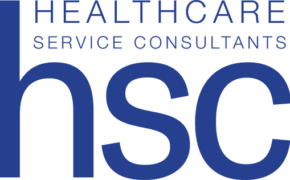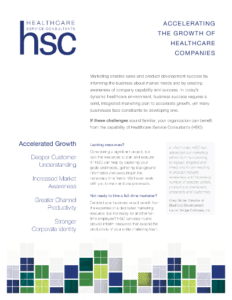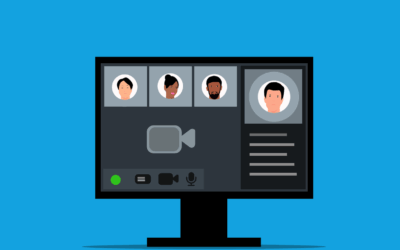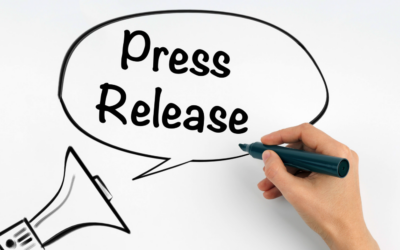
Several of our clients will be at important tradeshows over the next few weeks. Throughout the year, tradeshow marketing is a great way to build brand awareness. It’s also perfect for nurturing leads by meeting face to face with customers, prospects, and partners.
Sending company representatives to tradeshows is a significant investment of time and resources, particularly for smaller companies. So, get the most out of your investment! Here are four ways to improve the effectiveness of your tradeshow marketing.
1) Understand who attends each show and what their pain points are.
A wide variety of people attend tradeshows, from decision makers to influencers and recommenders. You need to understand their role and their pain points. Before you plan your tradeshow marketing strategy, read the show prospectus. This will help you understand attendee titles, geographic distribution, and their decision making status.
Note the show hours and how much exhibit time occurs that doesn’t compete with educational sessions. Review the show’s educational topics and keynotes to understand key themes and important issues. You can then echo these themes and issues in your messaging and face-to-face conversations. When identifying new shows to attend, talk to customers, prospects, and colleagues who have attended the show in the past. That way, you’ll understand the historical focus of the meeting and the type of exhibitors who take part.
2) Consider tradeshow exhibiting as a continuation of the ongoing marketing effort.
Tradeshows are much more than an opportunity to travel and socialize on the company dime! Look at your organization’s strategic goals and plan how tradeshows can support these goals and fit into your ongoing, annual marketing effort. Decide which shows you are going to attend at the beginning of the year; not two months before the show. Don’t change messaging for individual shows unless the pain points for attendees are different.
Tradeshows are also a great opportunity to connect with customers and prospects online. Develop website, email, social, and PR tactics that lead into each show. You can also use these channels to provide summaries and wrap-up after each show. Tell your customers, prospects, and partners you will be there and what you are excited to discuss. Personalize messages where possible.
3) Develop a messaging strategy. Identify show-specific marketing tactics three months before the show.
You should not completely reinvent your messaging for every show. Tailor messaging to meet the hot buttons and pain points of the attendee demographic. Once you have these fleshed out, identify show-specific marketing tactics well in advance. Such tactics might include pre- and at-show promotions and show-specific ads that might run in meeting-specific publications.
The messaging should be a seamless extension of existing messaging that appears on the company website, advertising, social media, sales literature, and other channels. You should also integrate show messaging into ongoing marketing tactics and channels to maximize reach. This ensures your target audience knows what they will learn when they visit your booth and where to find you. Don’t forget that social media marketing creates opportunities to promote announcements and your presence during the show, not just before and after.
Another idea is to promote talks given by customers or thought leaders at the meeting that discuss the issues addressed by your product. This adds external credibility and relevance to your messaging.
4) Tailor the in-booth messaging around benefits your product provides.
It can be tempting to focus on the useful features of your product. But a prospective customer wants to become educated on the benefits. Keep in mind that many healthcare tradeshow attendees are physicians who want to learn and earn CME credit. They don’t want to be sold to. They want education! As you plan your tradeshow marketing strategy, tie product benefits back to key educational themes of the show and known pain points. Highlight these benefits in your product demonstrations so you don’t fall in the trap of only promoting “cool features.”
As you connect with attendees, don’t only talk about yourself! Ask about their business challenges and pain points. The more you can get your booth visitors to talk, the more you will learn about them. The more you engage with visitors, the more likely they will come away with a good feeling about your company.
In short:
Tradeshows remain a critical prospecting and relationship development opportunity for healthcare IT companies. With strategic planning and focused marketing, you can:
- build brand awareness
- establish your expertise
- strengthen relationships
- generate more demand for your products




